Have you ever noticed your cat gazing at you, then slowly closing and opening its eyes, as if time itself slowed down for just a moment? That simple, gentle blink can send a wave of warmth through any cat lover’s heart. But is this feline gesture just a lazy way of dealing with drowsiness—or is there more to it? The truth behind slow blinking in cats is both surprising and deeply moving. It’s a secret language, an unspoken message, and perhaps the purest form of trust and affection your furry friend can offer. Let’s unravel the mystery behind those mesmerizing, slow blinks and discover what your cat might really be saying to you.
The Science Behind the Slow Blink

Scientists have spent years studying cat behavior, and the slow blink has become a fascinating topic in animal communication research. When cats blink slowly, they’re engaging in a non-verbal form of communication. Researchers have found that cats use this gesture to signal safety and relaxation. The slow blink is not random; it’s a calculated social cue. When a cat feels safe and unthreatened, it will slowly close and open its eyes, showing vulnerability. This is because, in the wild, closing the eyes means letting down their guard. So, when your cat blinks slowly at you, it’s a sign that it feels completely comfortable in your presence. This simple act is rooted in evolutionary biology and deep trust.
Slow Blinking as a Sign of Trust

Trust is a rare and precious gift from a cat. Unlike dogs, who tend to wear their emotions on their sleeves, cats are more reserved. When your cat slowly blinks at you, it’s like receiving a gentle, silent “I trust you.” It’s their way of letting you know that you’re part of their safe world. Cats don’t do this with everyone; they reserve slow blinks for those they truly feel comfortable around. If you’re ever lucky enough to be on the receiving end of a slow blink, cherish it. It means your cat has let its guard down and feels protected with you, a sign of a strong bond.
Slow Blink: The Feline Way of Saying ‘I Love You’
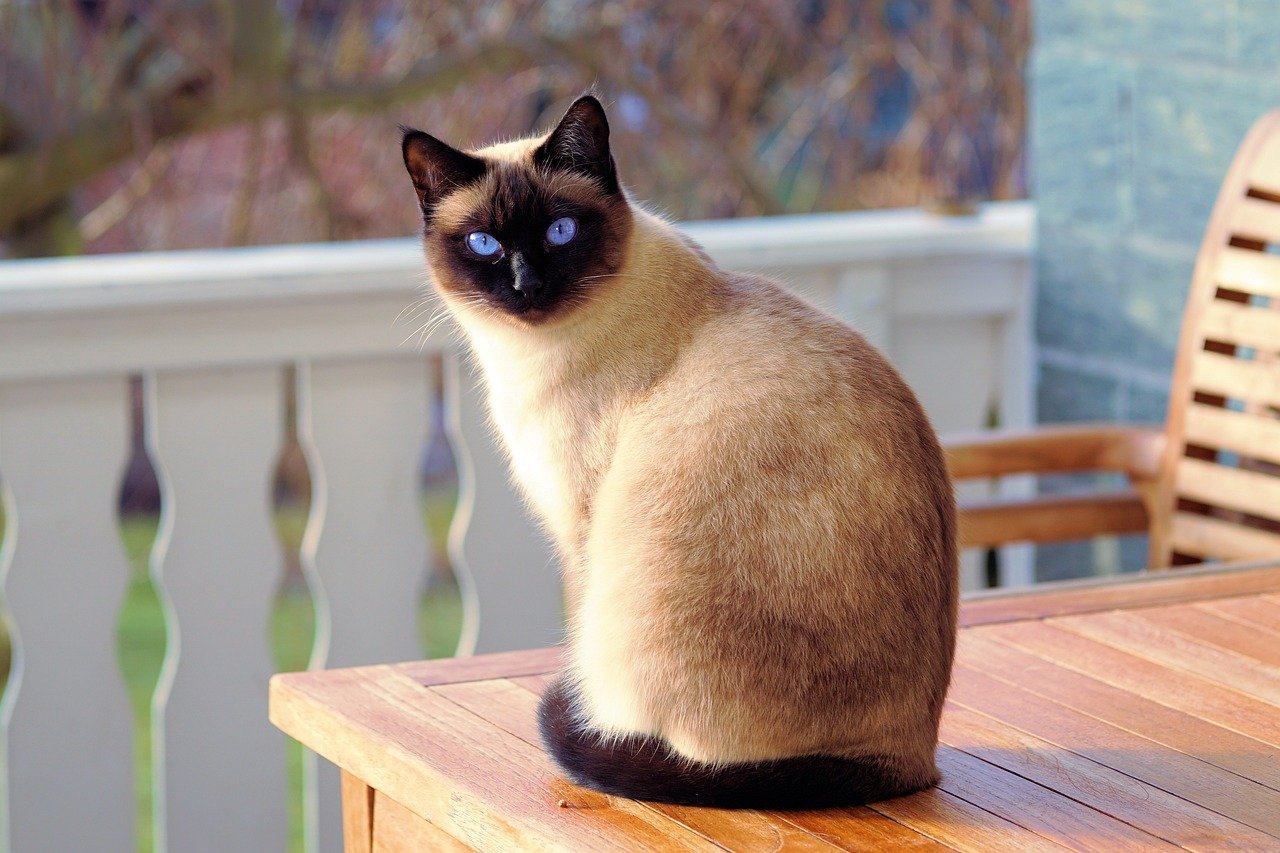
Many experts agree that the slow blink is the feline equivalent of saying “I love you.” Since cats don’t use words, they rely on gestures and body language to express their feelings. When your cat slow blinks at you, it’s not just a casual gesture—it’s a heartfelt sign of affection. It’s as if your cat is sending you a secret love note, written in the language of the eyes. This small act can strengthen the emotional bond between you and your pet. Every time you share a slow blink with your cat, you’re exchanging silent “I love yous” that deepen your connection.
How to Return the Slow Blink to Your Cat
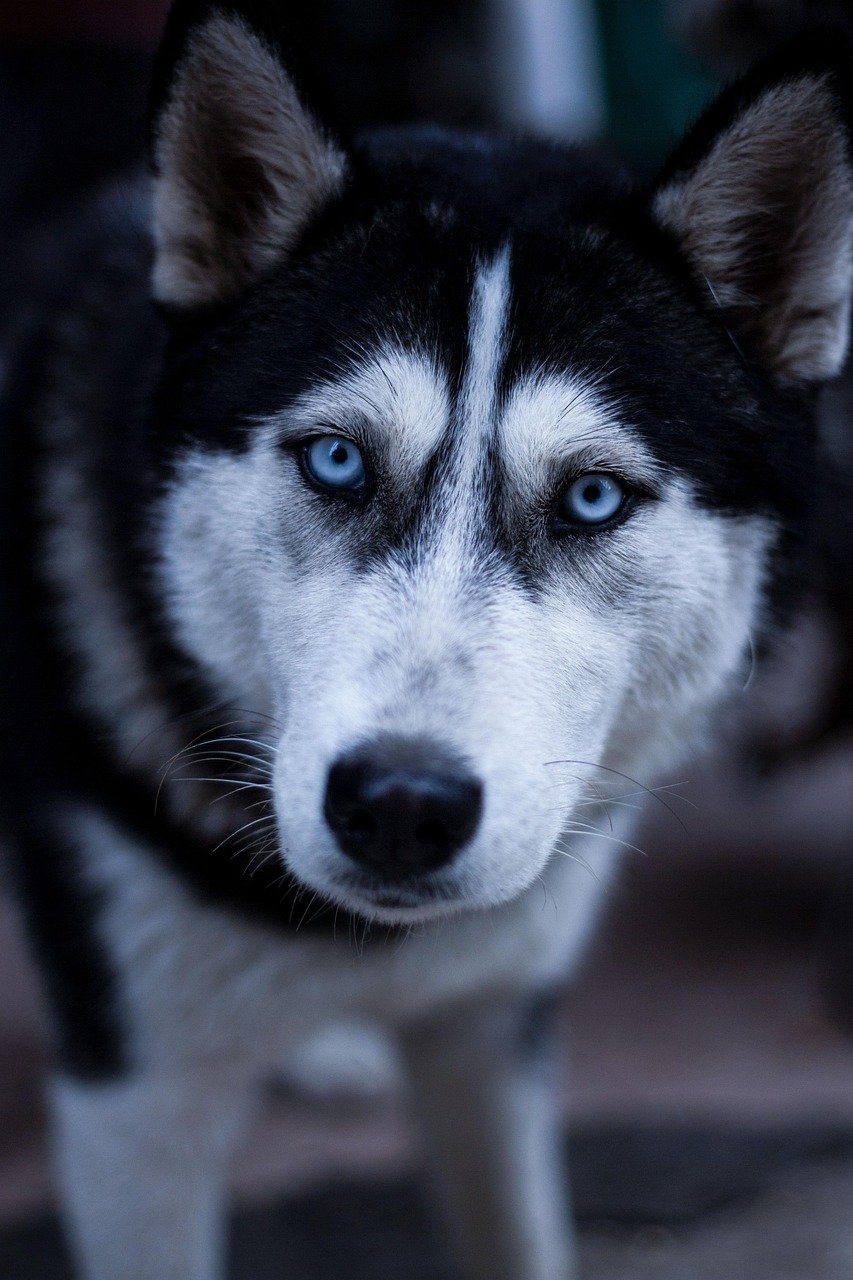
Did you know that you can communicate back to your cat using the same slow blink? Try making eye contact with your cat, then slowly close your eyes and open them again. This mimics their gesture and tells your cat that you feel safe and affectionate too. Many cat owners report that their cats respond positively, sometimes even repeating the slow blink back. This mutual exchange can help build trust and make your cat feel even more secure. It’s an easy, heartwarming way to say, “I’m here, and everything is okay.” Next time your cat slow blinks at you, try blinking back—your kitty just might smile inside.
What If Your Cat Doesn’t Slow Blink?
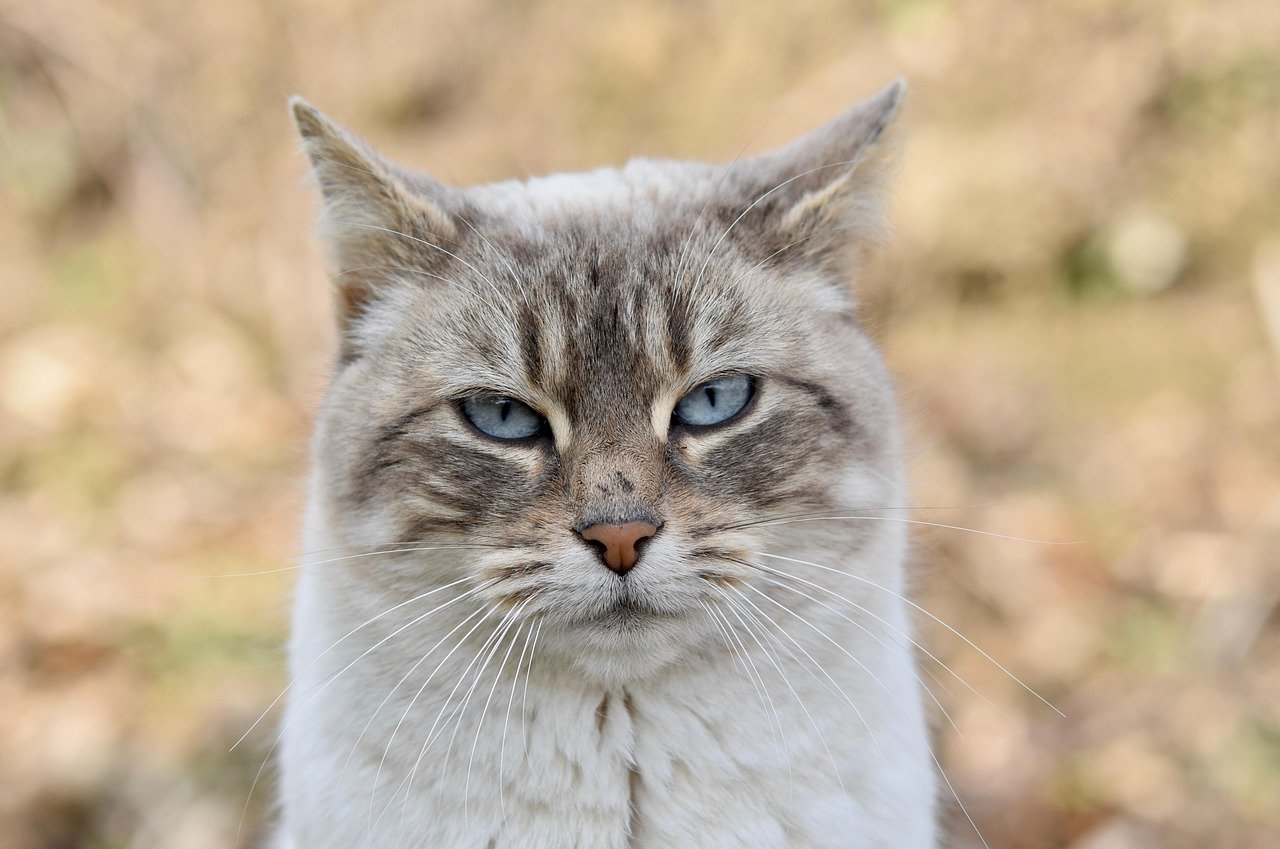
Not all cats slow blink, and that’s perfectly normal. Every cat has a unique personality, and some are more reserved or less expressive than others. If your cat doesn’t slow blink at you, don’t worry—it doesn’t mean they don’t trust or love you. Some cats prefer to show affection in other ways, like purring, rubbing against you, or even just sitting nearby. The absence of a slow blink is not a negative sign; it’s just a difference in communication style. Patience and gentle interactions can help foster trust, and over time, your cat may start to show new signs of affection.
Understanding the Context of the Slow Blink
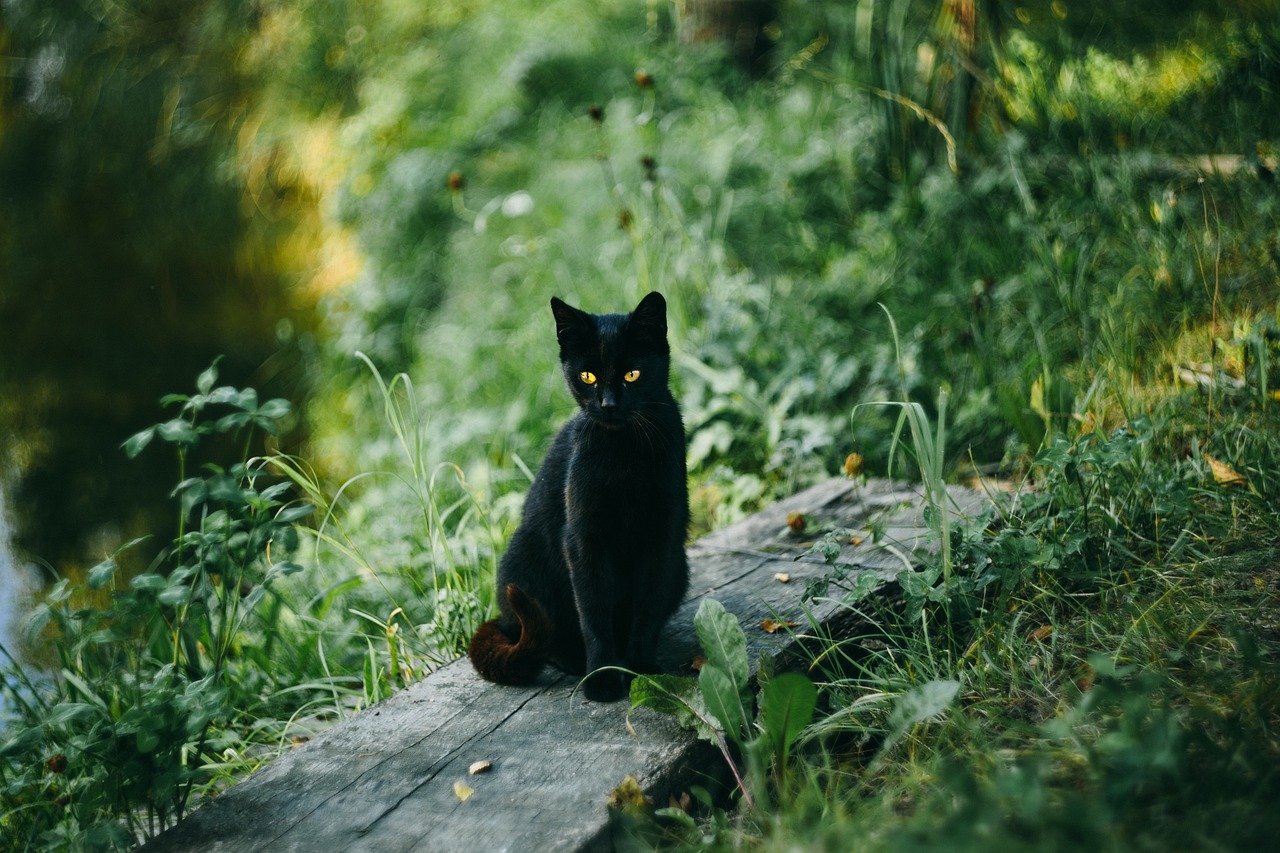
The meaning of a slow blink can depend on the situation. If your cat is lounging, relaxed, and gives you a slow blink, it’s a clear sign of comfort and trust. However, if your cat is in a new environment or around strangers, slow blinking might be its way of signaling calmness or trying to de-escalate tension. Always pay attention to your cat’s body language as a whole. Ears, tail, and posture can give you extra clues about what your cat is feeling. Context matters, and understanding it can help you respond appropriately to your cat’s needs.
Slow Blinking in Multi-Cat Households
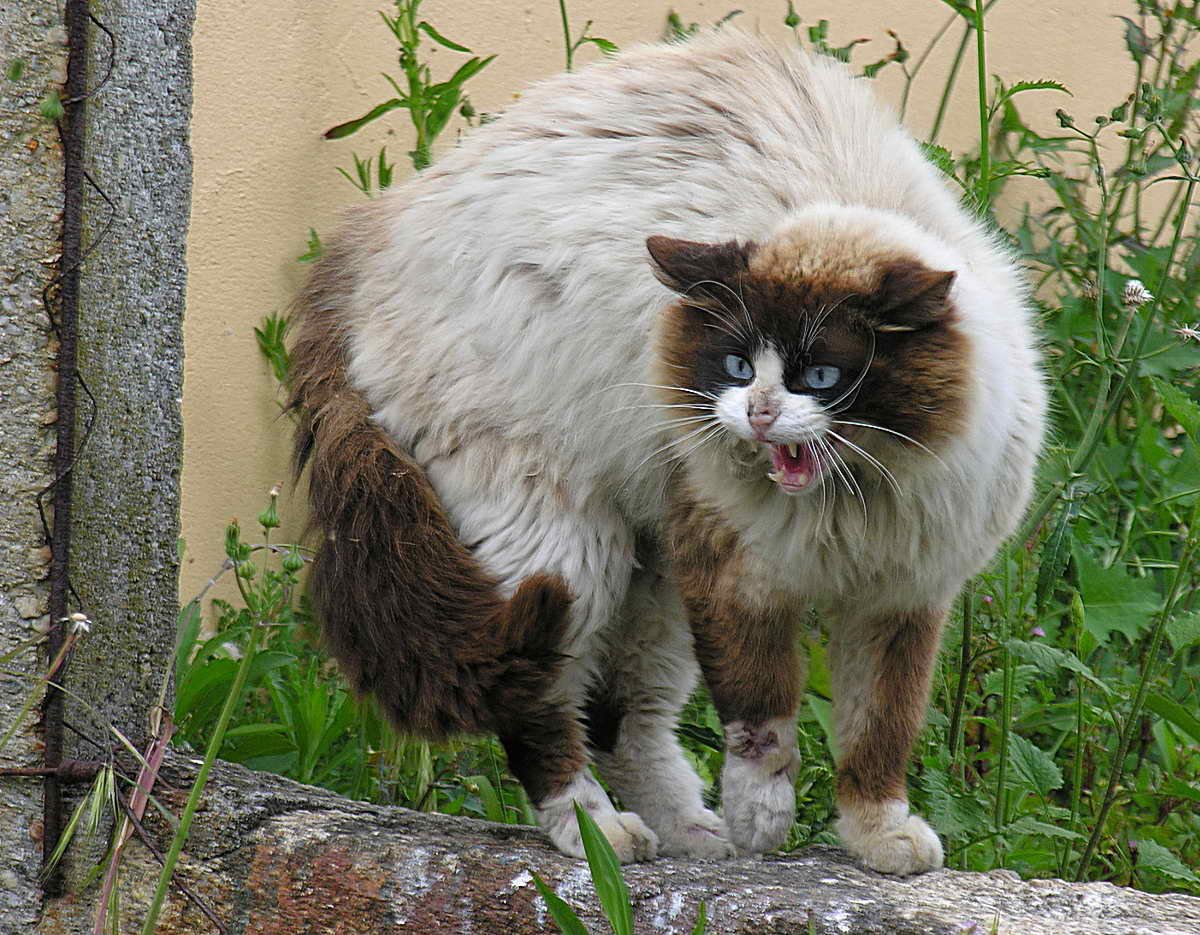
In homes with multiple cats, slow blinking can play an important role in feline relationships. Cats may slow blink at each other to signal peace and friendliness. If you observe your cats exchanging slow blinks, it’s a good sign that they feel safe together. Sometimes, a dominant cat may slow blink at another to show that it’s not a threat. You can help maintain harmony by slow blinking at each of your cats, reinforcing a calm and loving environment. Watching cats use this gentle gesture with one another can be both touching and reassuring for any pet parent.
Slow Blinking as a Stress Reliever
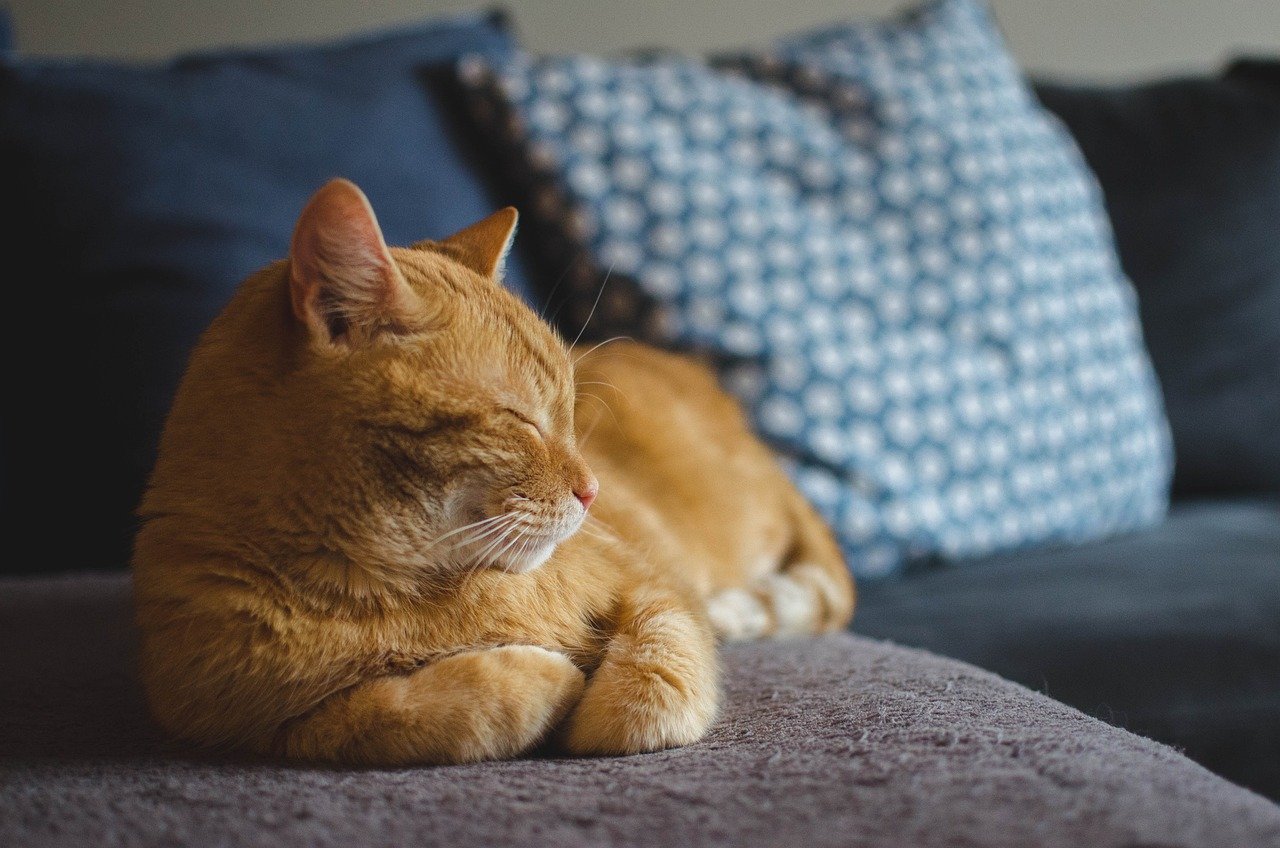
For cats, slow blinking isn’t just about communication—it can also help reduce stress. When a cat blinks slowly, its body relaxes, and its breathing may slow down. This is similar to how humans use deep breathing to calm themselves. If your cat is feeling anxious or uncertain, a slow blink from you can be soothing. It’s a way to reassure your cat that everything is okay. Over time, this simple gesture can help your cat feel more at ease in its environment, especially during stressful events like moving or vet visits.
Are Slow Blinks Universal for All Cats?
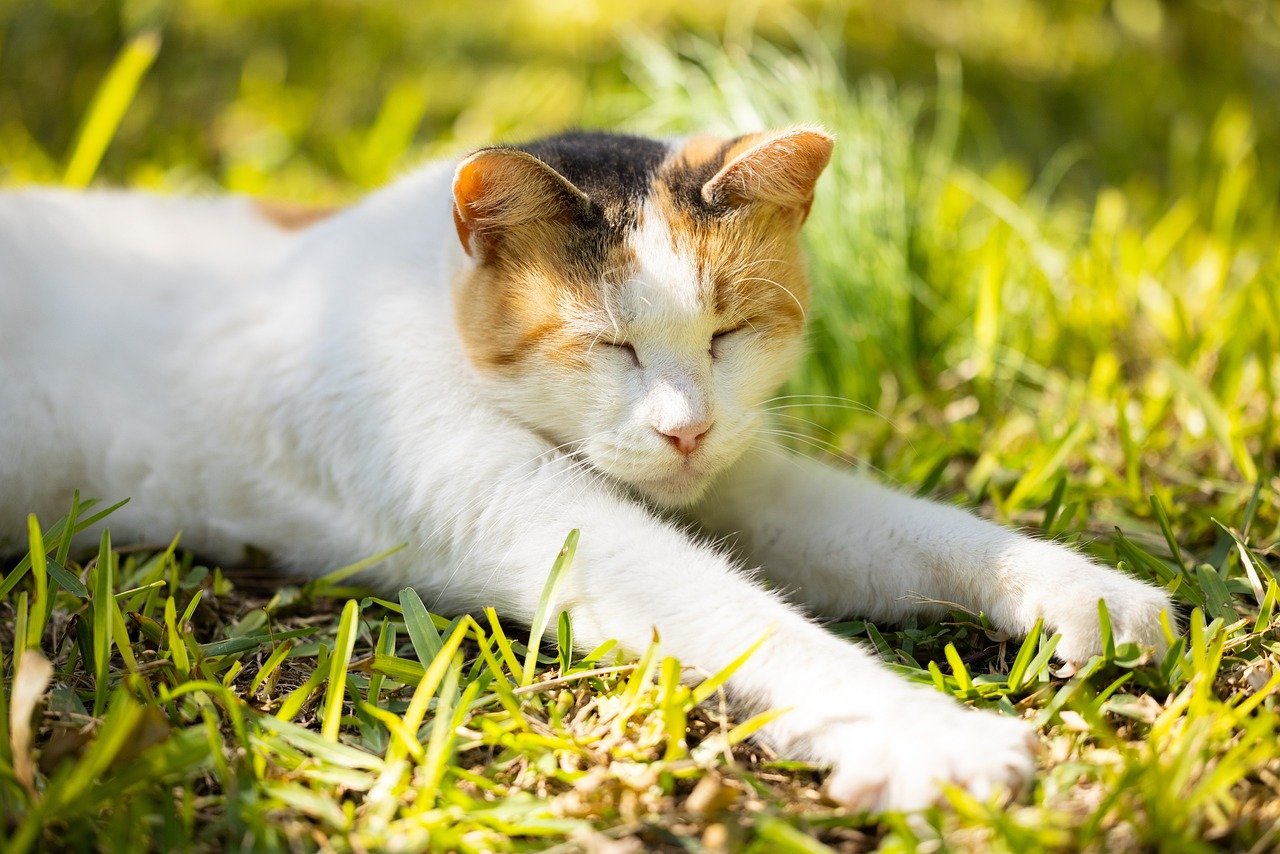
While most domestic cats use slow blinking, not every feline reacts the same way. Some breeds, like Siamese or Ragdoll cats, may be more expressive and prone to slow blinking. Others might be more reserved or communicate differently. Age, background, and previous experiences can also influence how often a cat slow blinks. Kittens may take some time to learn this behavior from their mothers or other cats. With patience and gentle interaction, almost any cat can learn to use slow blinking as a way to communicate with their favorite humans.
How Slow Blinking Differs from Regular Blinking

It’s important to distinguish between a slow blink and regular blinking. Ordinary blinking happens quickly and is mostly a reflex to keep the eyes moist and clear. A slow blink, on the other hand, is much more deliberate and relaxed. The eyelids lower slowly, sometimes staying closed for a moment before gradually opening again. This drawn-out motion is intentional and loaded with meaning. If you watch closely, you’ll notice your cat’s entire body seems to relax during a slow blink—unlike with a regular, quick blink.
What Do Fast Blinks or Stares Mean?
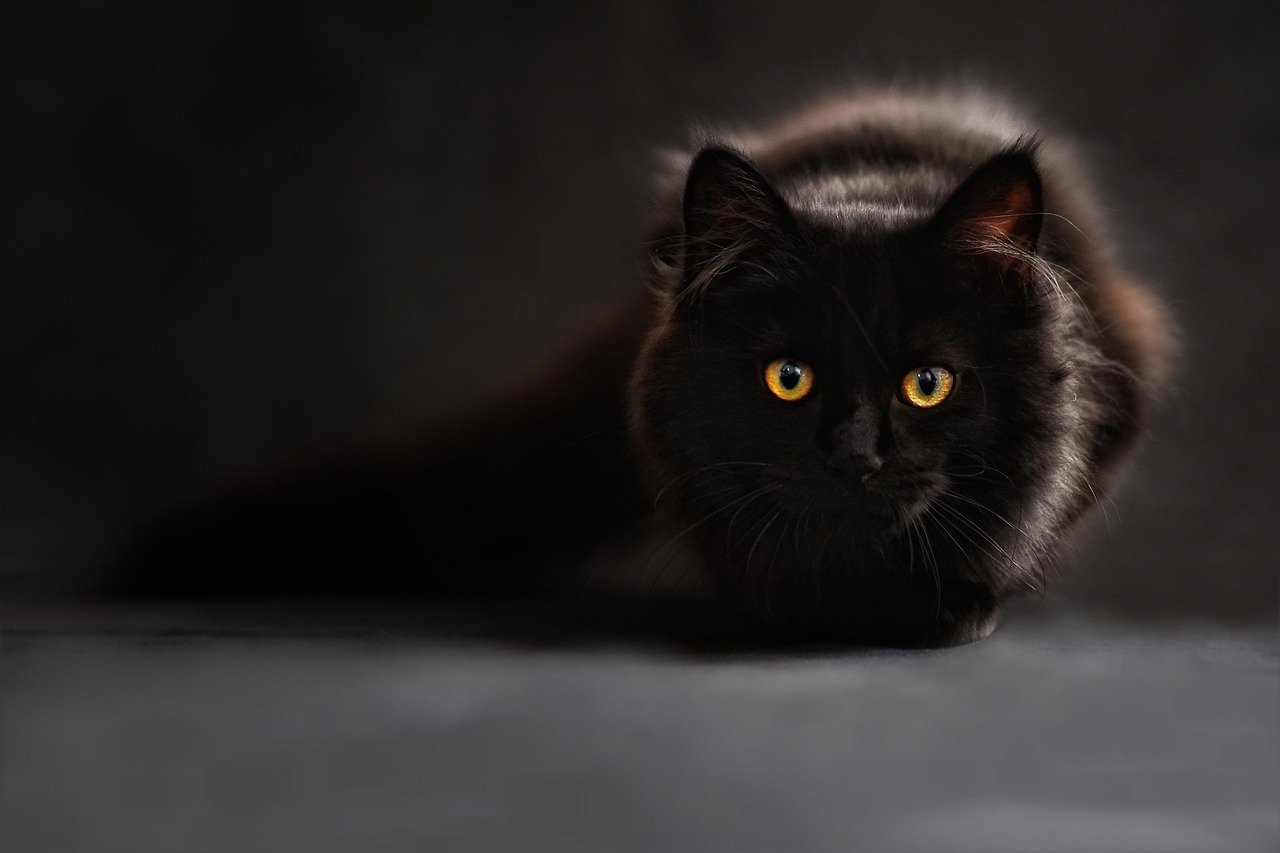
A cat’s blinking pattern can tell you a lot. While slow blinking is a sign of trust, rapid blinking or intense staring often means something else. If your cat is blinking quickly, it might be feeling anxious, startled, or uncomfortable. A hard stare, especially without blinking, is usually a sign of alertness or even a challenge in the feline world. If you encounter a cat you don’t know, avoid staring directly into its eyes, as this can be perceived as threatening. Always try to use slow blinks to appear friendly and non-threatening.
Slow Blinking and Human-Feline Bonding

Sharing slow blinks with your cat can create a powerful bond between you and your pet. This simple exchange builds trust and understanding, much like holding hands or hugging does for humans. Over time, slow blinking can help your cat feel more attached to you, creating a deeper and more meaningful relationship. Many cat lovers find that regular slow blinking sessions lead to a happier, more confident cat. If you’re looking to strengthen your bond with your furry friend, start with a slow blink and see where it leads.
Can Slow Blinking Improve Cat Behavior?

Some cat owners have noticed that their pets behave better after regular slow blinking interactions. That’s because slow blinking can reduce stress and create a sense of security. When a cat feels safe, it’s less likely to act out or display unwanted behaviors. Slow blinking can be a useful tool in calming a nervous or aggressive cat. It’s a gentle, non-intrusive way to communicate understanding and acceptance. If you’re struggling with behavioral issues, try incorporating slow blinking into your daily routine with your cat.
Using Slow Blinking in Cat Training
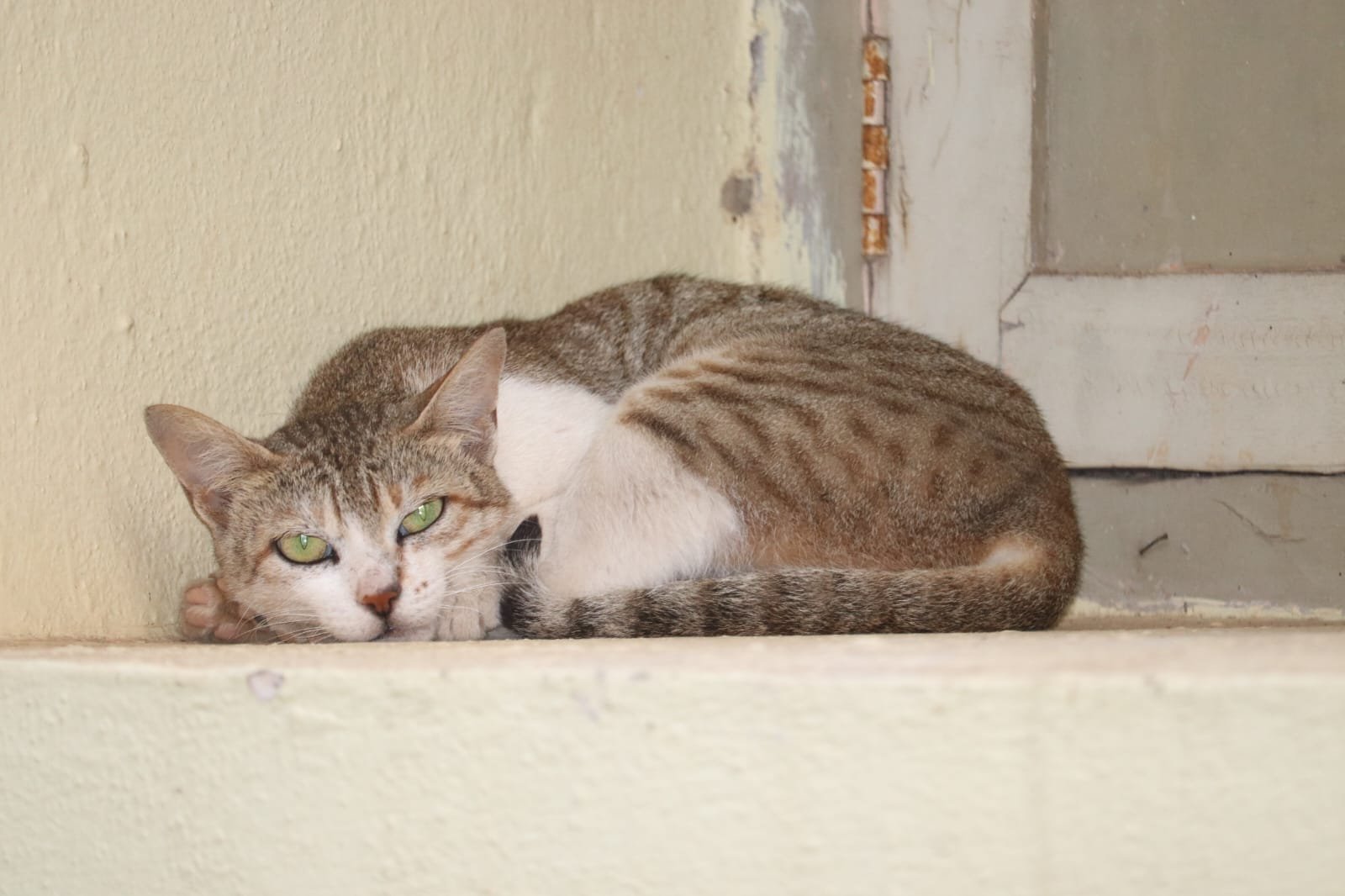
While cats aren’t always as eager to please as dogs, slow blinking can play a role in training. By using slow blinks to reward calm or friendly behavior, you’re reinforcing positive actions. For example, if your cat approaches calmly or sits quietly, give them a slow blink to show approval. Over time, your cat will associate good behavior with a sense of safety and affection. It’s a subtle form of positive reinforcement that fits naturally into your daily interactions. Training with slow blinks is all about building mutual respect and understanding between you and your cat.
Do Wild Cats Use Slow Blinks?
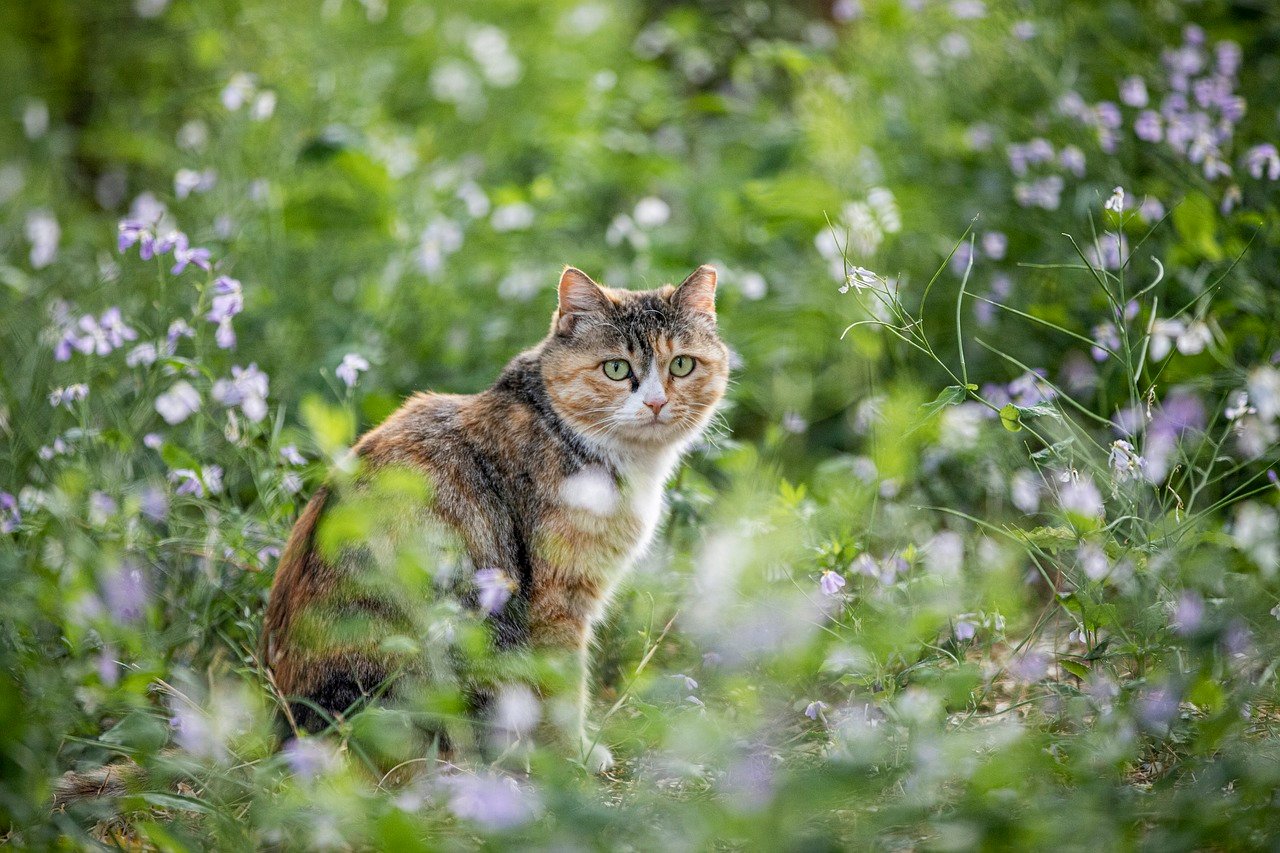
Slow blinking isn’t just found in house cats—it’s also seen in wild cats like lions, leopards, and cheetahs. In the wild, slow blinking is used to indicate peaceful intentions within social groups. It helps reduce the risk of misunderstandings and fights among pride members. Even in captivity, big cats will slow blink at trusted caretakers or other familiar animals. This universal feline gesture shows just how deeply rooted slow blinking is in cat behavior. Whether in your living room or on the African savannah, slow blinks mean safety, trust, and friendship.
Slow Blinking and Cat Health
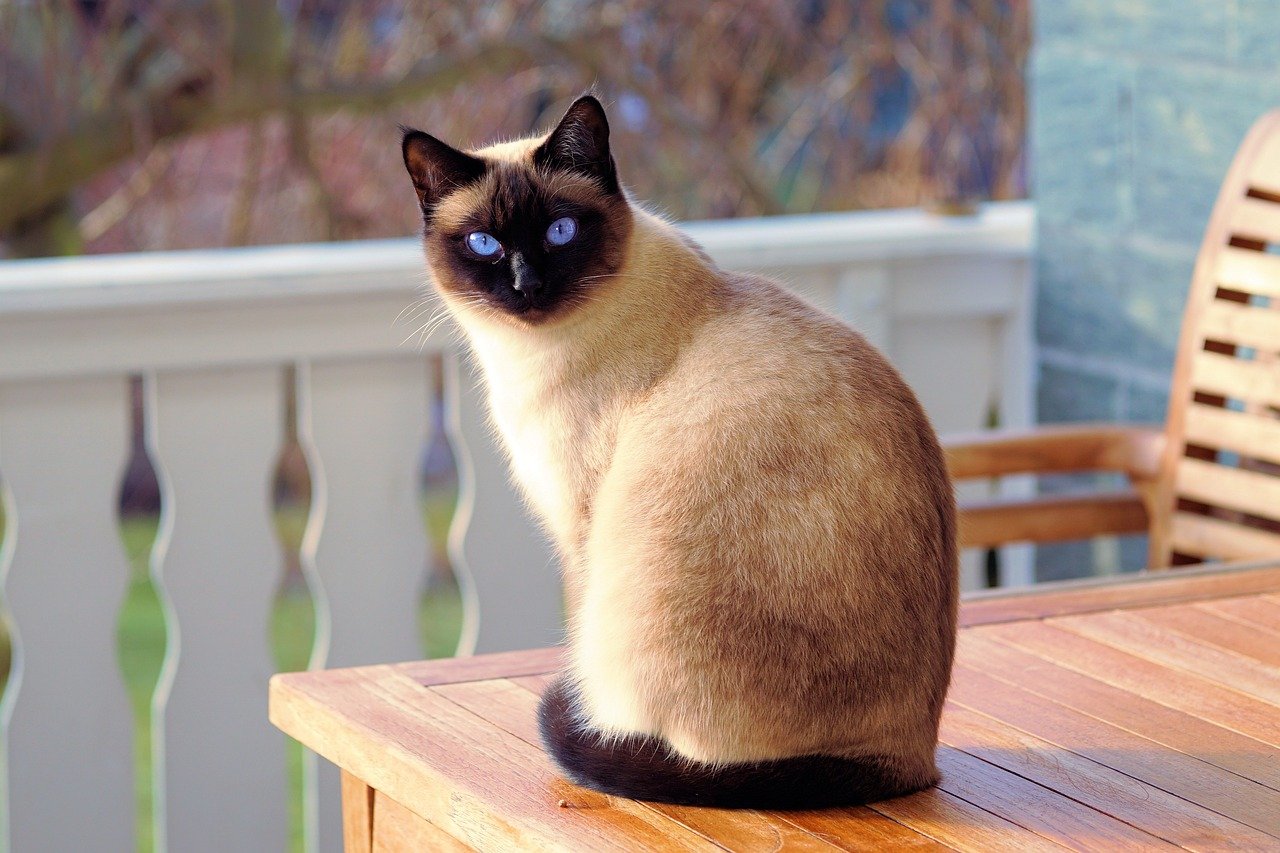
A healthy cat is more likely to engage in slow blinking. If your cat suddenly stops slow blinking or starts to act differently, it could be a sign that something is wrong. Health issues, pain, or stress can change the way your cat communicates. It’s important to watch for other signs, like changes in appetite, grooming, or social behavior. If you notice a sudden shift, consider a visit to the vet. Staying in tune with your cat’s normal slow blinking habits can help you catch potential health problems early.
Slow Blinking and Senior Cats

Older cats may slow blink more often or in different ways as they age. Senior cats often become more affectionate and may use slow blinks to communicate their continued trust and love. However, age-related issues like vision problems can affect how they blink. If your senior cat seems to struggle with slow blinking or eye movement, it’s a good idea to have their eyes checked by a vet. Despite these changes, the meaning behind the slow blink remains the same—a sign of comfort, trust, and deep affection.
Can Kittens Learn to Slow Blink?
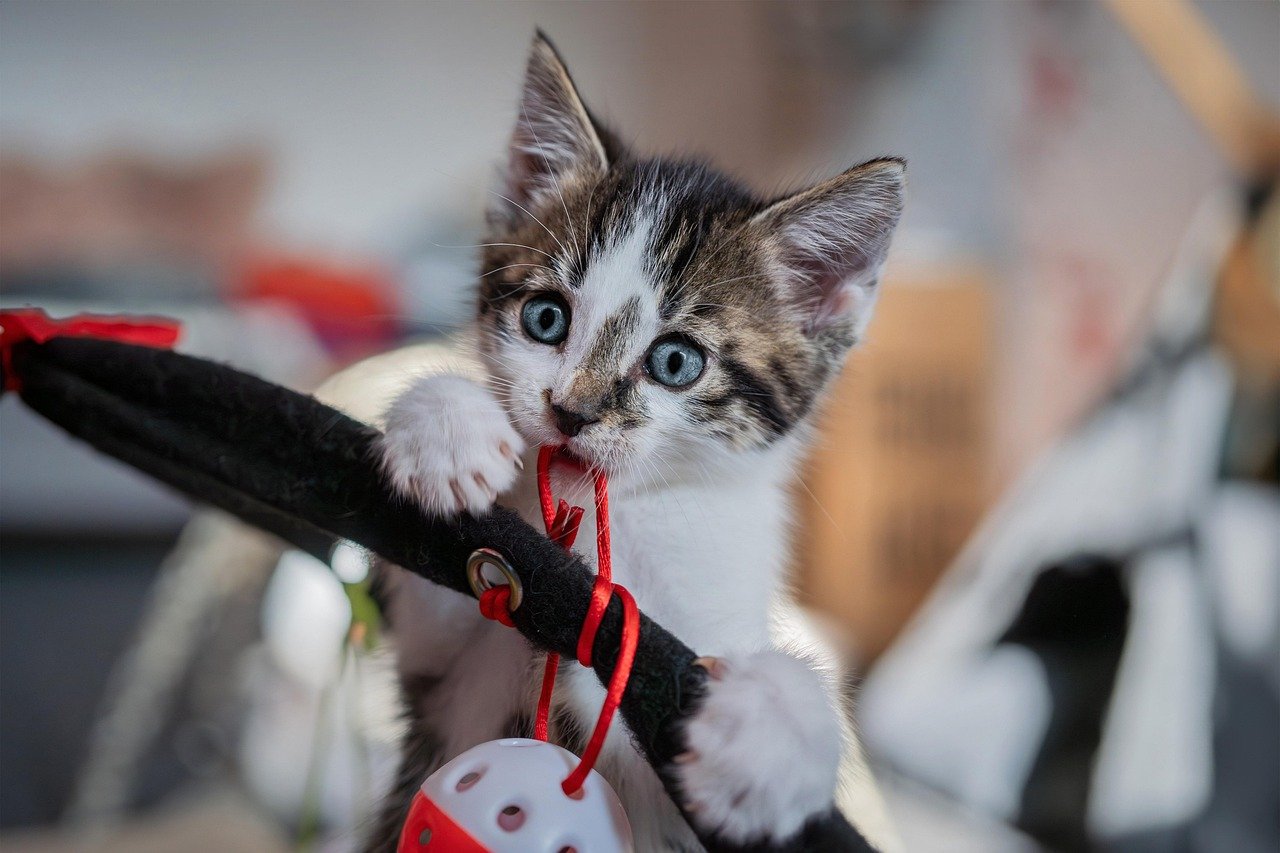
Kittens usually learn the art of slow blinking from their mothers or other adult cats. It’s part of their social education, helping them understand how to communicate safely and peacefully. You can encourage kittens to slow blink by doing it yourself when they look at you. With patience, even young kittens will start to recognize and return the gesture. Early exposure to positive slow blinking can help kittens grow into confident, affectionate adult cats. It’s never too early to start building a foundation of trust and love through slow blinks.
What If a Cat Slow Blinks at Strangers?

Some cats are bold enough to slow blink at people they don’t know well. This is usually a sign that the cat is friendly and open to new relationships. It can also mean that the cat is trying to communicate peaceful intentions to reduce tension with a stranger. If you’re visiting a new cat and receive a slow blink, consider it an invitation to connect. Responding with a slow blink of your own can help build trust and make the cat feel more at ease. Not every cat will do this, but it’s a special moment when it happens.
Do Other Animals Use Similar Gestures?

While slow blinking is especially common in cats, some other animals use eye gestures to communicate trust. For example, dogs may use soft, slow eye closures to show relaxation and friendliness. Rabbits and certain birds also have their own unique ways of signaling trust with their eyes. However, the slow blink is most closely associated with feline behavior. Understanding this special gesture can help you better connect with the cats in your life, and maybe even appreciate the subtle communication styles of other animals.
Final Thoughts on the Magic of the Slow Blink

The slow blink is more than just a cute habit—it’s a powerful, emotional signal from your cat. When your feline friend shares a slow blink with you, it’s a moment of pure trust and affection. This gentle gesture can deepen your relationship, reduce stress, and create a peaceful home environment. Whether you’re an experienced cat parent or new to the world of felines, paying attention to slow blinks opens up a new dimension of understanding and connection with your pet. It’s a magical reminder that sometimes, the quietest moments say the most.
Hi, I’m Bola, a passionate writer and creative strategist with a knack for crafting compelling content that educates, inspires, and connects. Over the years, I’ve honed my skills across various writing fields, including content creation, copywriting, online course development, and video scriptwriting.
When I’m not at my desk, you’ll find me exploring new ideas, reading books, or brainstorming creative ways to solve challenges. I believe that words have the power to transform, and I’m here to help you leverage that power for success.
Thanks for stopping by, Keep coming to this website to checkout new articles form me. You’d always love it!






